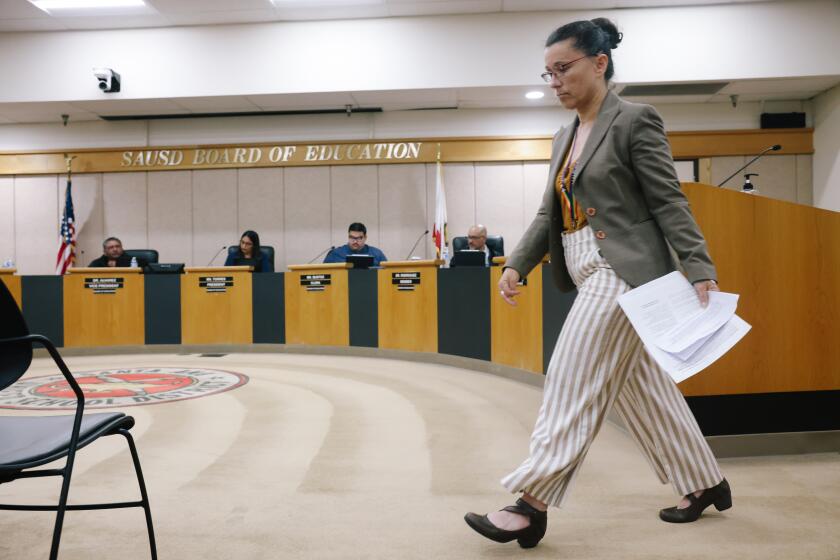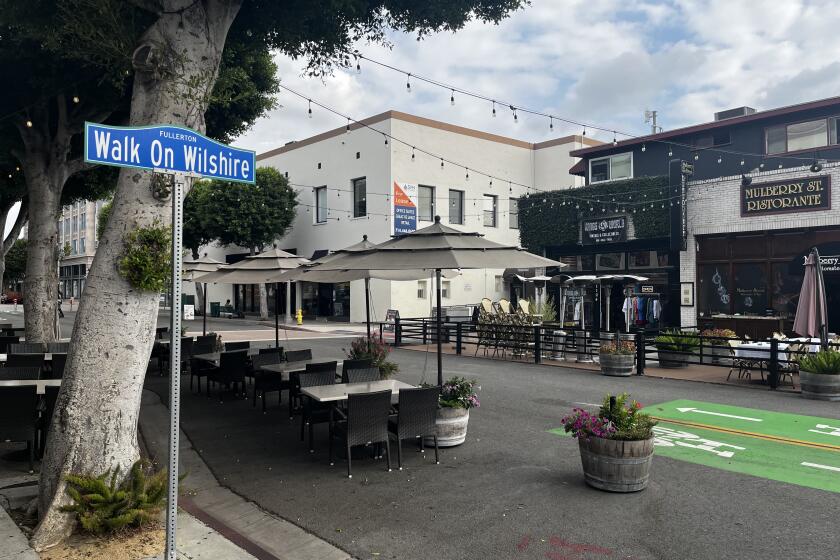After delays, the first people of Orange County have preserved a piece of their ancestral village
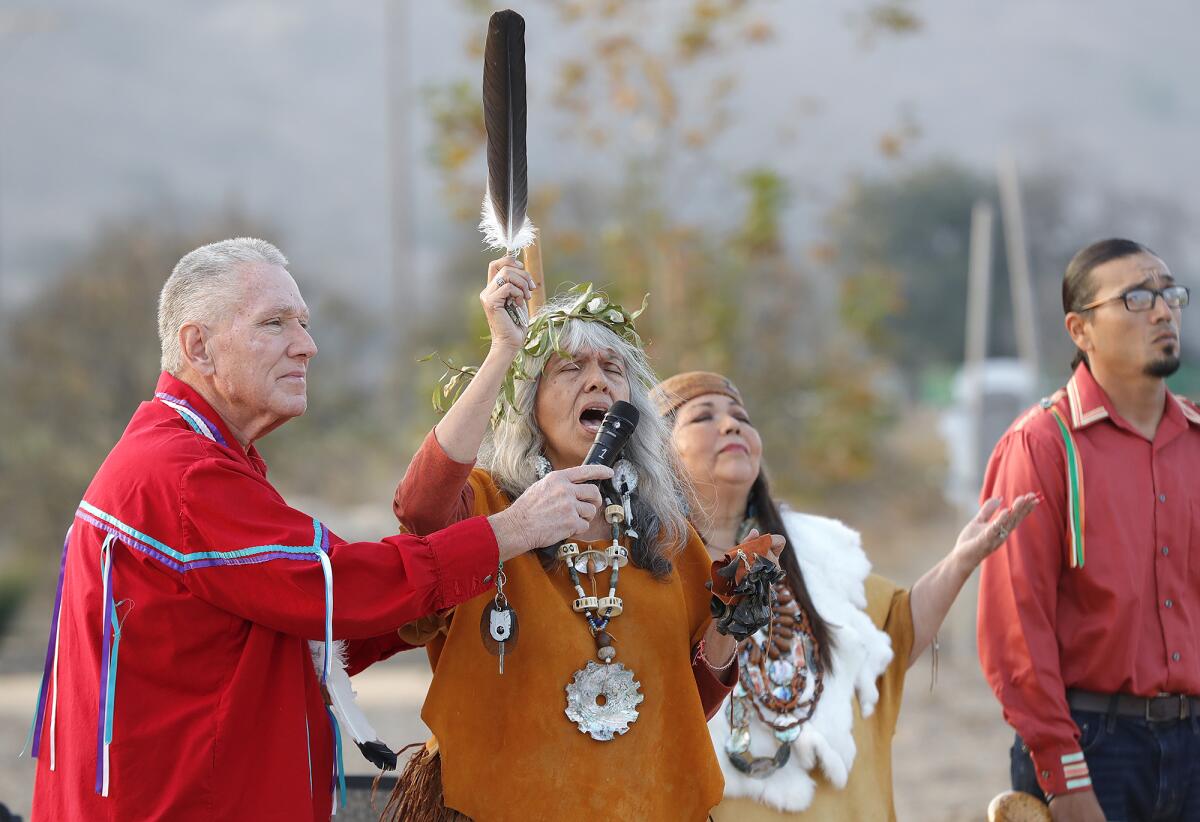
- Share via
A few years ago, Adelia Sandoval sat at the foot of an old oak tree and pondered the resilience of her people, the Juaneño Band of Mission Indians.
The spiritual leader and her tribe, considered to be the original people of Orange County, had been fighting for years to preserve a small portion of the land surrounding the old oak. The Mother Tree, as she called it, was rooted to the grounds of one of the first Native American settlements in what became Orange County, the 65-acre Northwest Open Space in San Juan Capistrano. With several delays from the city, tribal leaders had questioned whether the land would ever be preserved.
But Sandoval continued to show faith in her people. “Resilience is in our nature,” she had said.
On Friday, her faith was rewarded when hundreds showed up to the grand opening of the Putuidem Village, a humble 1.5-acre passive park that honors the history of the Juaneño.
It was clear during the ceremony that the land holds deep meaning for the Juaneño, whose sacred sites and lands had been plundered, desecrated and devoured by development.
The Acjachemen descendants, whose history traces thousands of years, became known as the Juaneños after Spanish colonialists built Mission San Juan Capistrano in 1776. Today, there are about 1,900 members in the tribe.
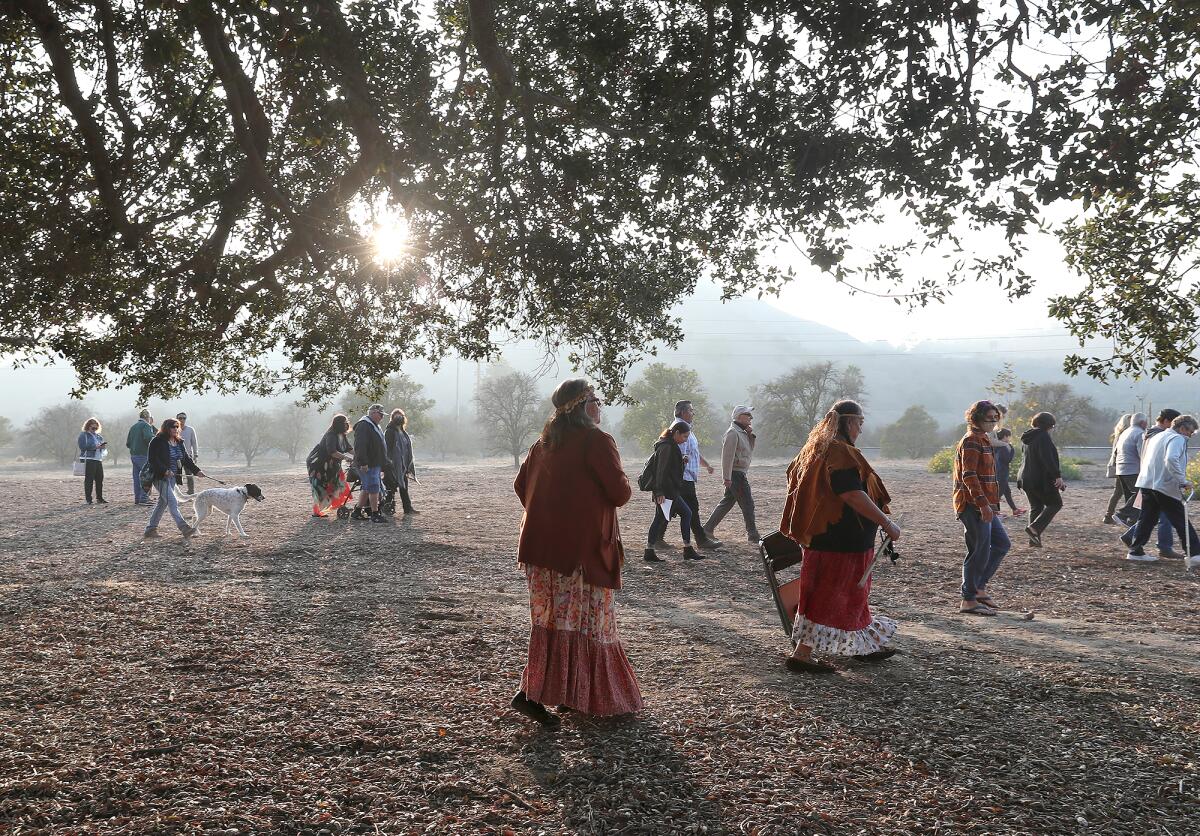
While leading a prayer at the event, Sandoval thanked tribal leaders, city officials and employees and community members who supported the tribe’s efforts through the years.
“You gave us strength and courage through the ups and the downs and the ins and the outs. You sent the sacred winds to join with us today as we celebrate this opening of Putuidem Village park, a place that honors our grandmother, Coronne and our mother village Putuidem, the village of the Acjachemen people,” said Sandoval, referencing the Acjachemen’s first female chief.
“Bless all the life that is here, Creator — every tree, every plant and every creature. We ask you to bless all those that step foot on this place, on this land. Bless the elders and the storytellers who will teach, and the young ones who will come to learn about the beautiful people. People of peace, who lived and thrived here. Who live and thrive here.”
Sandoval and others spoke in the park’s small amphitheater, which is surrounded by boulders and log seats. The park also includes a trail and various depictions of the Juaneño way of life, including ramadas, kiichas — a thatch home — and manos — a ground stone tool. The surrounding areas of the park are a native plant habitat.
Signs along the trail recount the history of the Acjachemen descendants.
“European colonization and American settlement forever changed our cultural life at Putuidem, fracturing families and traditions,” one of the signs reads. “Over the years, our numbers were severely diminished from the impacts of new and different residents and governments. And yet, our people endured. We remain a viable community today.”
Mayor John Taylor said the park is “a testament to what makes San Juan Capistrano special.”
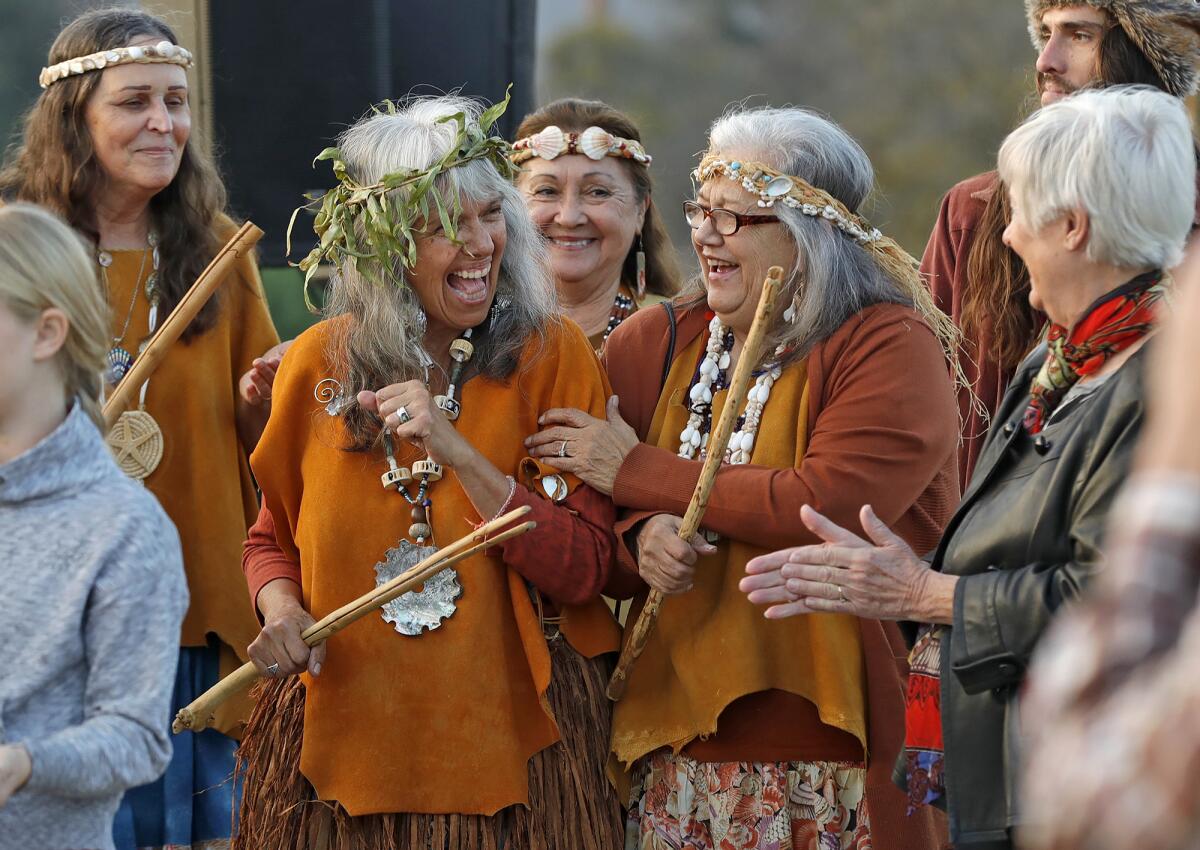
Jerry Nieblas, a descendant of the Juaneño, said during a speech that the land is “like gold” to him and the oak still stands as proof of the resilience of the Juaneño.
Oak trees are special to the Juaneño tribe because ancestors used the acorns as food.
“In back of you is the great grandmother oak,” Nieblas said to the crowd. “She represents our people. She represents our strength and endurance. Everything around this great oak has died off, has been removed, has collapsed, has failed. But the great oak goes on. It goes on just like our people go on. We endure. We go on.”
The Putuidem Village was seen as a long-sought tribal victory when the City Council first approved the educational park in 2016. But in ensuing years, the city delayed the project, and tribal leadership questioned whether the park would ever be completed.
Though it was expected to be opened as early as 2019, the Putuidem Village was stalled by various financial obstacles. The first came in 2018 when the city found that it lacked the funds to pay for the annual maintenance. Once that was resolved, construction bids exceeded the budget.
Then the city went back to the drawing board to put together a scaled-down version of the park. The city worked with a committee of Juaneño members — the Putuidem Committee — to revise the park. Construction of the park began in late fall 2020.
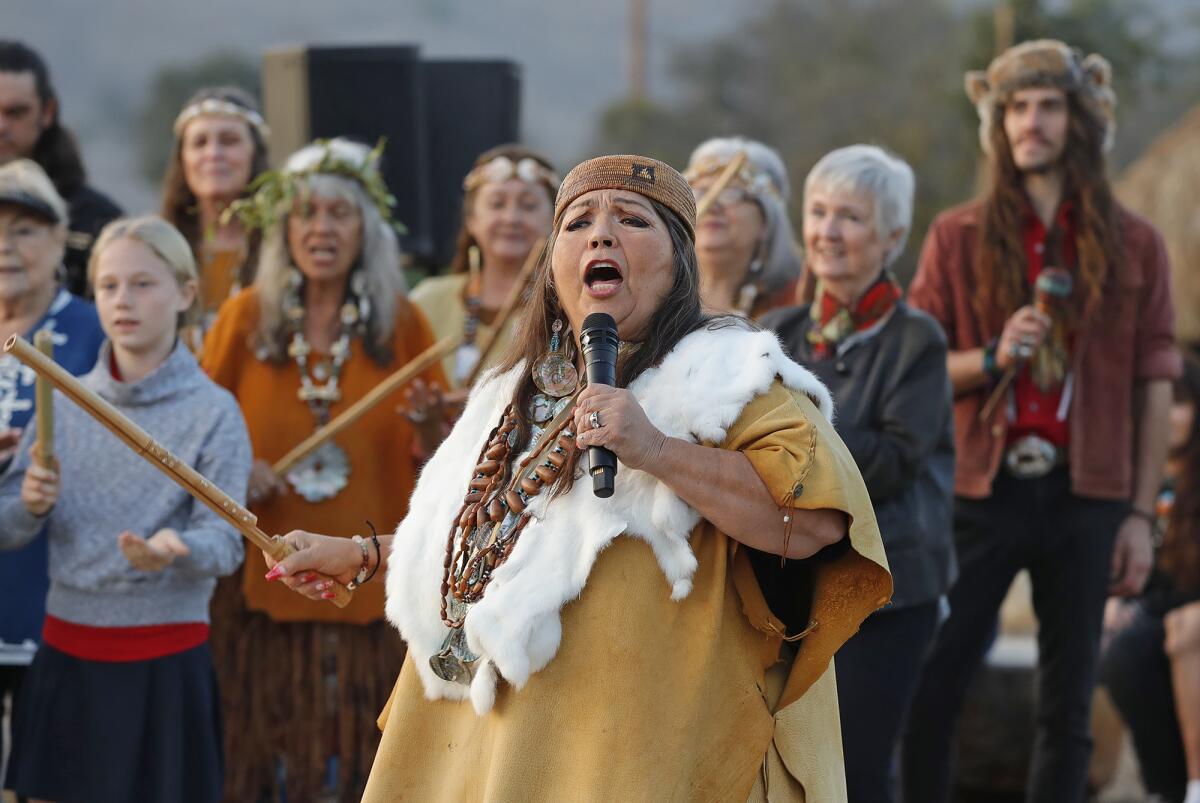
Tribal leaders have said that the park will be an important tool for educating the public and a vital gathering place for tribal members, where they could perform important ancient rituals. Some tribal members have been waiting for a piece of dedicated land like the park for decades.
One of those tribal leaders, Jacque Nuñez, said during her speech that she will no longer have to tell children to imagine the original village’s dwellings.
“Never again, because when they come here, they will see it,” Nuñez said. “And I don’t have to say, ‘Imagine that you’re on the soil that my ancestors walked on’ ... When they come here, they will know that they are stepping on the land that our ancestors stepped on. That’s glorious, isn’t it?”
All the latest on Orange County from Orange County.
Get our free TimesOC newsletter.
You may occasionally receive promotional content from the Daily Pilot.

